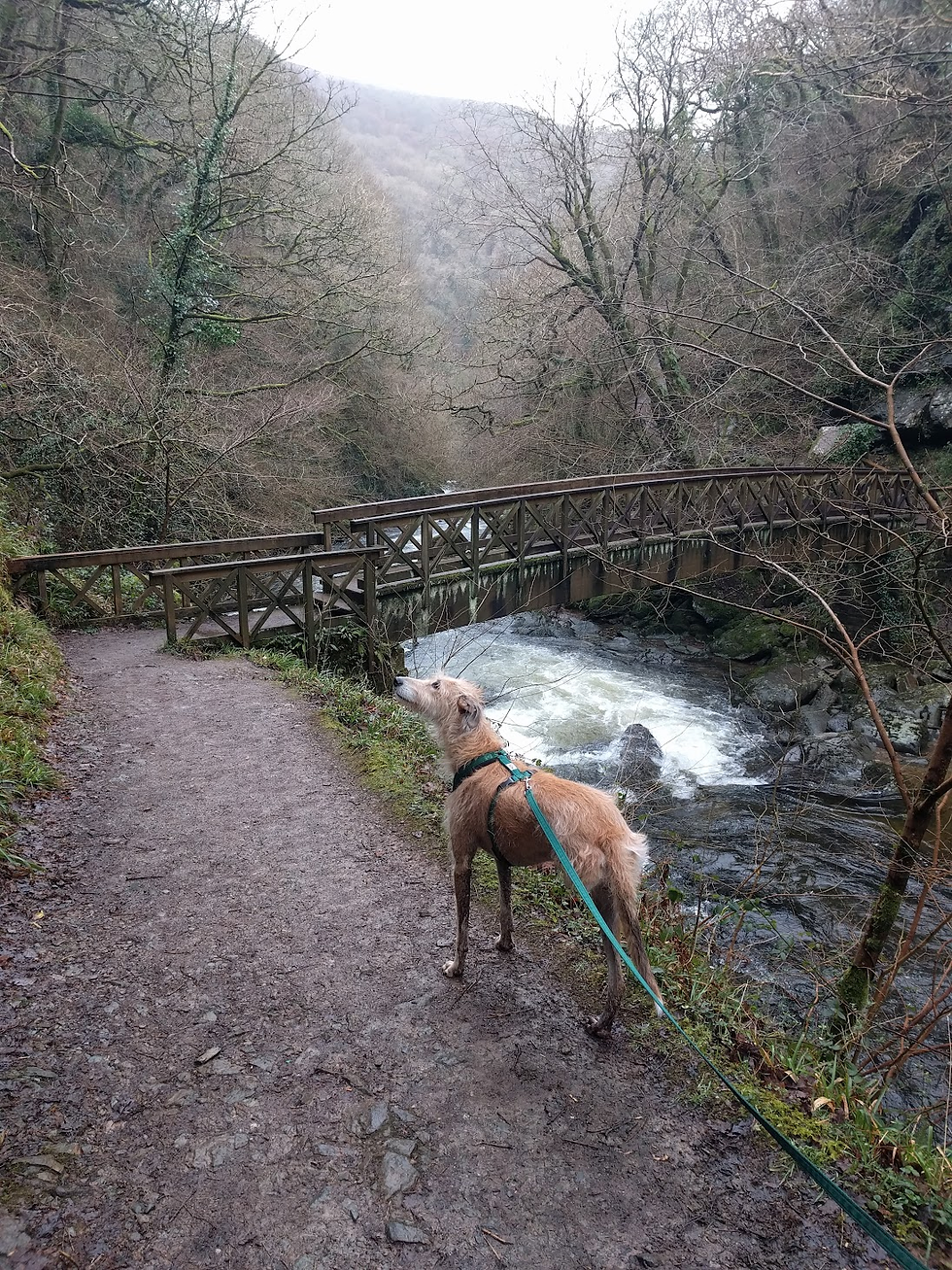According to your dog...
- Harriet Alexander
- Oct 21, 2018
- 3 min read
We see the world very differently to our dogs. Stepping into their paws is a great way to understand why they react and behave the way they do. So what does life look like for a dog?
Sight
I often get asked if dogs only see in black and white. Contrary to popular belief, dogs can see various of shades of colour (mainly blues and yellows), however not as vividly as we do. If you look around at dusk when everything is a bit muted, this is closer to what dogs see all the time.
Ever thrown something for your dog and they search around for ages even though it's right there? Dogs see less detail than humans, especially up close and in bright light. Dogs have much better night vision than we do, however, and are far superior when it comes to detecting movement. Many dogs (especially those with eyes placed towards the side of their skulls, such as greyhounds) have impressive ranges of vision, sometimes up to 270 degrees.

Smell
We interpret the world largely by sight; however for dogs it’s all about the nose! The average dog brain is about one tenth the size of a human brain, however the part responsible for smell is around 40 times larger than it is in humans. Dogs have around 125 – 300 million scent receptors (depending on the breed) whereas we have around 5 million. Dogs use their sense of smell to navigate the world, and can distinguish between people, places, other animals and different foods in a flash. Dogs have been trained to use their noses in amazing ways, and can detect mines, drugs, explosives and even cancer. Considering their sense of smell is THAT much better than ours, we owe it to them to respect this amazing ability and let them sniff!

Hearing
Puppies are born deaf and cannot hear until they are around 21 days old. By the time their hearing has developed it is already four times better than ours. Dogs can detect sounds at much higher and lower frequencies than us, and also at much lower volumes. They also have 18 muscles in their ears, which allow them to move quickly towards the direction a sound is coming from. So when you think your dog is ‘barking at nothing’, chances are you just aren’t hearing it.

Taste
A dog’s sense of taste is not as developed as ours, and they have fewer taste buds - around 1,700 compared to our 9,000. They are guided much more by their sense of smell when it comes to deciding what they do or don’t want to eat, whereas we are more inclined to ‘try’ food before we start chowing down.

Touch
Touch is the first sense a dog experiences. Mothers start touching their puppies almost immediately after birth by licking and nuzzling them. A puppy’s body, including its paws, is covered with touch-sensitive nerve endings. This allows them to bond and socialise with their mother and littermates, and is also why it’s so essential that young puppies experience lots of positive human contact.
Many dogs enjoy being touched by their owners, but it’s important to always read their signals and respect their space if they don’t feel like having contact. If you're sometimes unsure about how to read your dog's body language, I'd recommend having a read of On Talking Terms with Dogs: Calming Signals by Turid Rugaas.





Always interesting 🥰❤️🐾😘😘😘😘